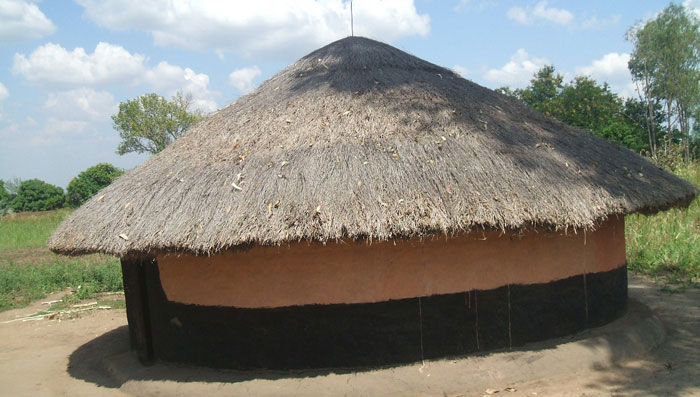News
Heading back to our grass house
Smarter living with William Odinga Balikuddembe
The Ugandan traditional house is simple – walls made of wooden poles and mud, and a roof of dry grass. It could be square, round and on rare occasions, rectangular.
Smarter people keep its floor neat with a layer of cow dung. Inside and outside, the walls are smoothened with clay soil. The paint, green, red, white or any other colour, is got from nearby resources including some tree types, red earth from anthills, and ash.
This house is well adaptive to weather – cool in the hot day and warm in the cold night. Over time, however, it has been relegated to symbolise poverty. But when you see the new innovations in housing, such as the Earthship, you envisage a return to the grass thatched house by those who had abandoned it, perhaps this time it will be better designed, especially to resist fires and last longer.
For many Ugandans it is a dream to build a house with more permanent materials such as bricks, cement and iron sheets. Apart from advantages that may come with it such as permanency, it is a measure of economic status in society.
In 2002 nearly 50 percent of Ugandans stayed in houses of mud and pole. The percentage fell to 34 percent within a dozen years, according to the National Population and Housing Census 2014. In 2002 over 40 percent slept in grass thatched houses.
That number also fell to 28 percent by 2014. That is the trend. We are moving further into cemented walls and iron sheets. Elsewhere, those who have become more conscious about the environment are moving into houses built with renewable and upcycled materials.
The Earthship
Let us have a look at the Earthship for example. In the 1970s there was an energy crisis. Major economies, including the US, Canada and Japan, faced economic stagnation as petroleum prices soared.
New Mexican Architect Michael Reynolds came up with the idea of a structure that could support modern living without depending on non-renewable resources such as oil – and this is the Earthship or solar house.
This house is self sufficient. It is designed to trap rain water which can be used domestically and for irrigation of plants inside or around it. It absorbs heat during the day and releases it slowly during the night.
Its energy is from wind, solar, or biofuel generators. Materials for its construction include bottles, old tires, recycled aluminium cans and dirt – you could call it soil. It is comfortable house during winter and apparently, fire proof as the tires filled with dirt have very little or no oxygen.
There are about 3000 Earthships in the world, most of them in the United States, according to the Encyclopaedia Britannica. Should we wait for Earthships or simply modify our mud and grass houses to suit modern living?
When I was still in high school my father built for me a small house, seating room and bedroom, at our home in Bugiri – it is of thick brick and cement walls but the roof is grass. His, call it our main house, is of iron sheets. Every visitor wants to live in my house because it is more comfortable to live in.
As our climate continues to change, as we suffer cancers we previously never heard of, the return to houses built with renewable resources, such as the grass thatched house, could prove more logical.
Comments




























